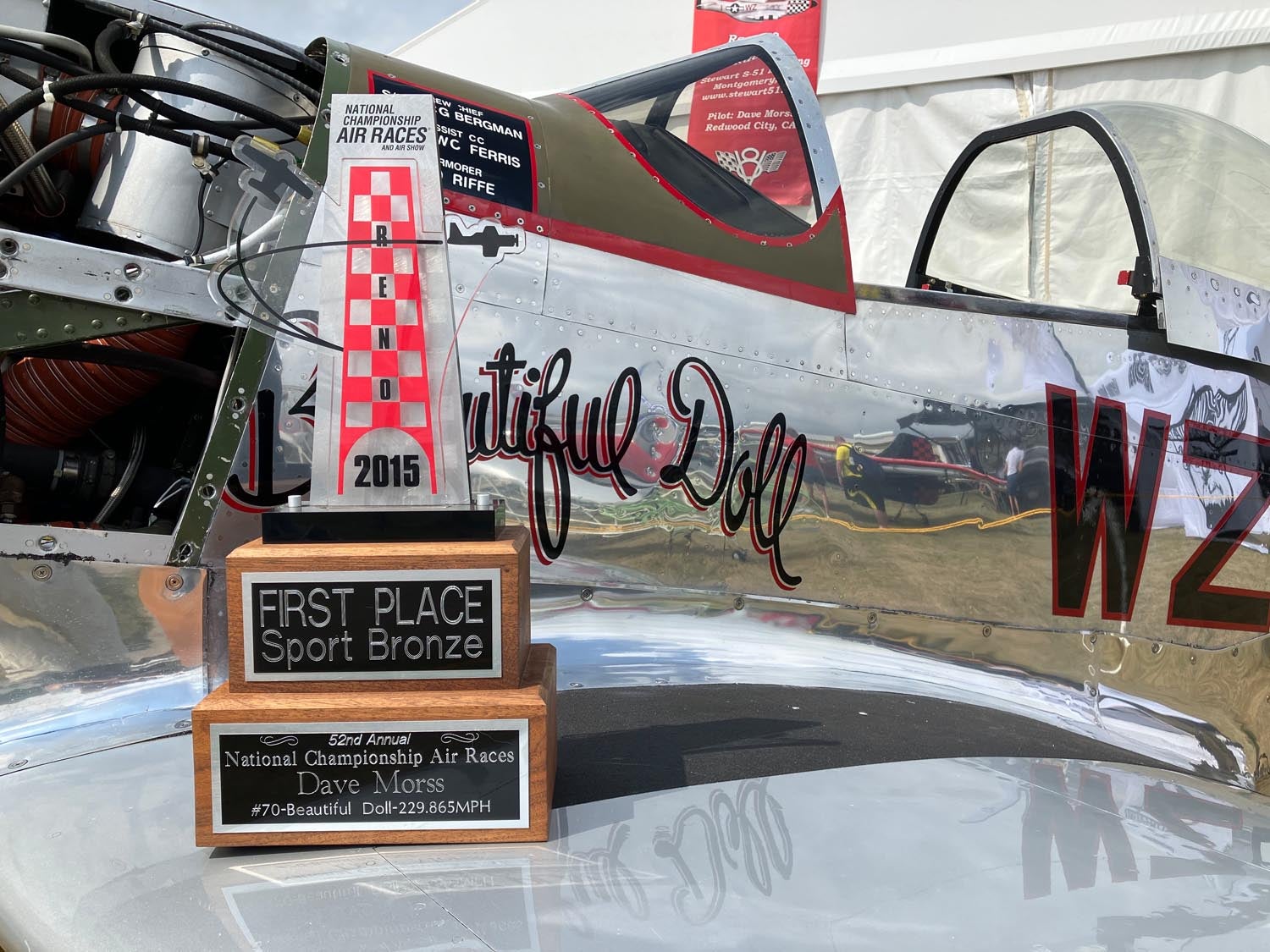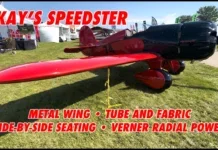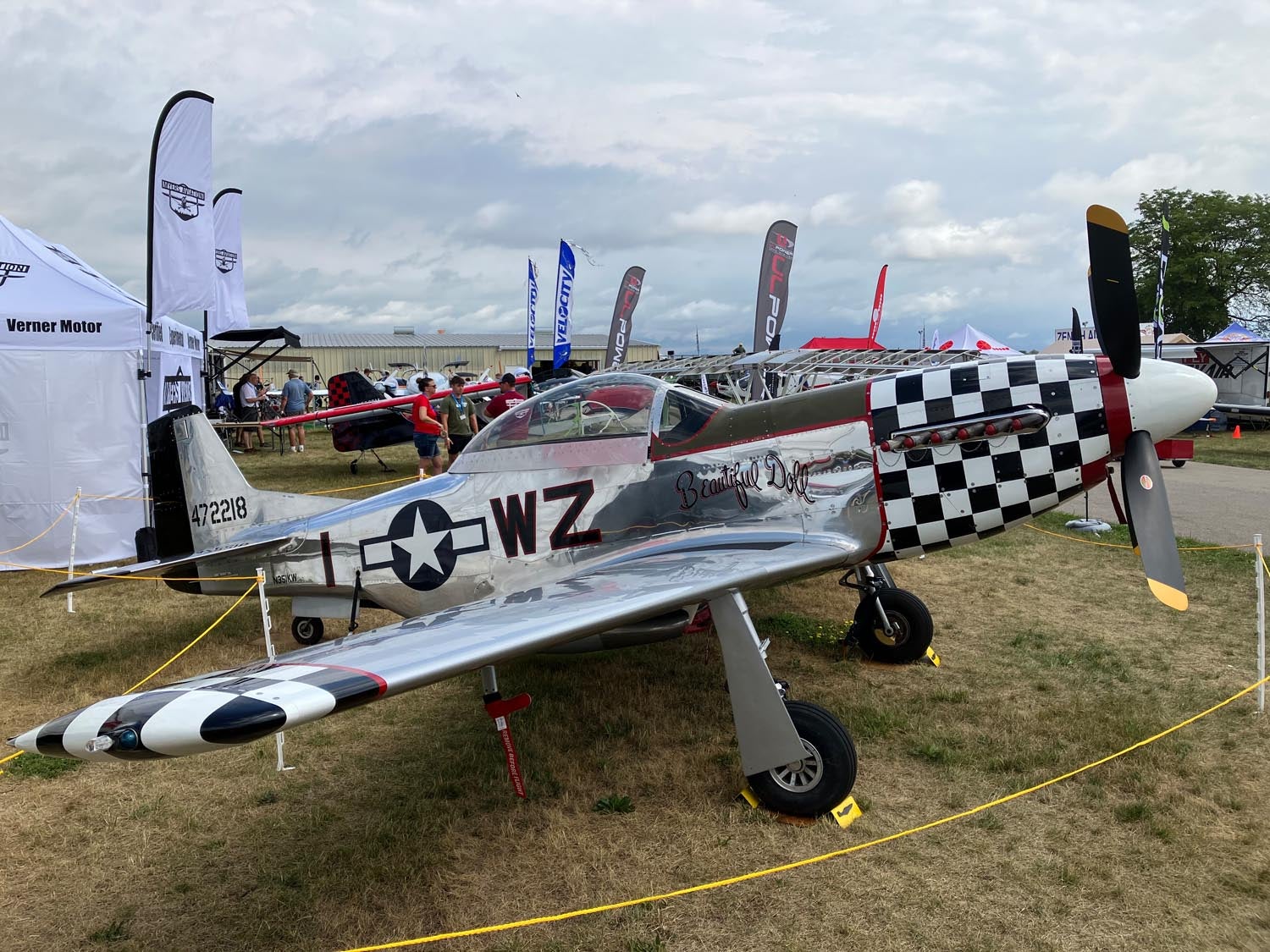
There are two objects whose every feature are so well known, almost wired into our DNA, that their likenesses cannot be estimated in reproduction, they must be exacted. Those objects are Elvis Presley and the P-51 Mustang. I’ll leave you to attend an Elvis impersonator convention and judge those replicas for yourself, but I can assure you the Stewart 51 Partners 70-percent scale P-51 replica exacts the P-51 in every way that matters. It’s stance is perfect. It’s curves, perfect. The canopy? Perfect. There is nothing, including its all-aluminum construction, to betray its full-size namesake.
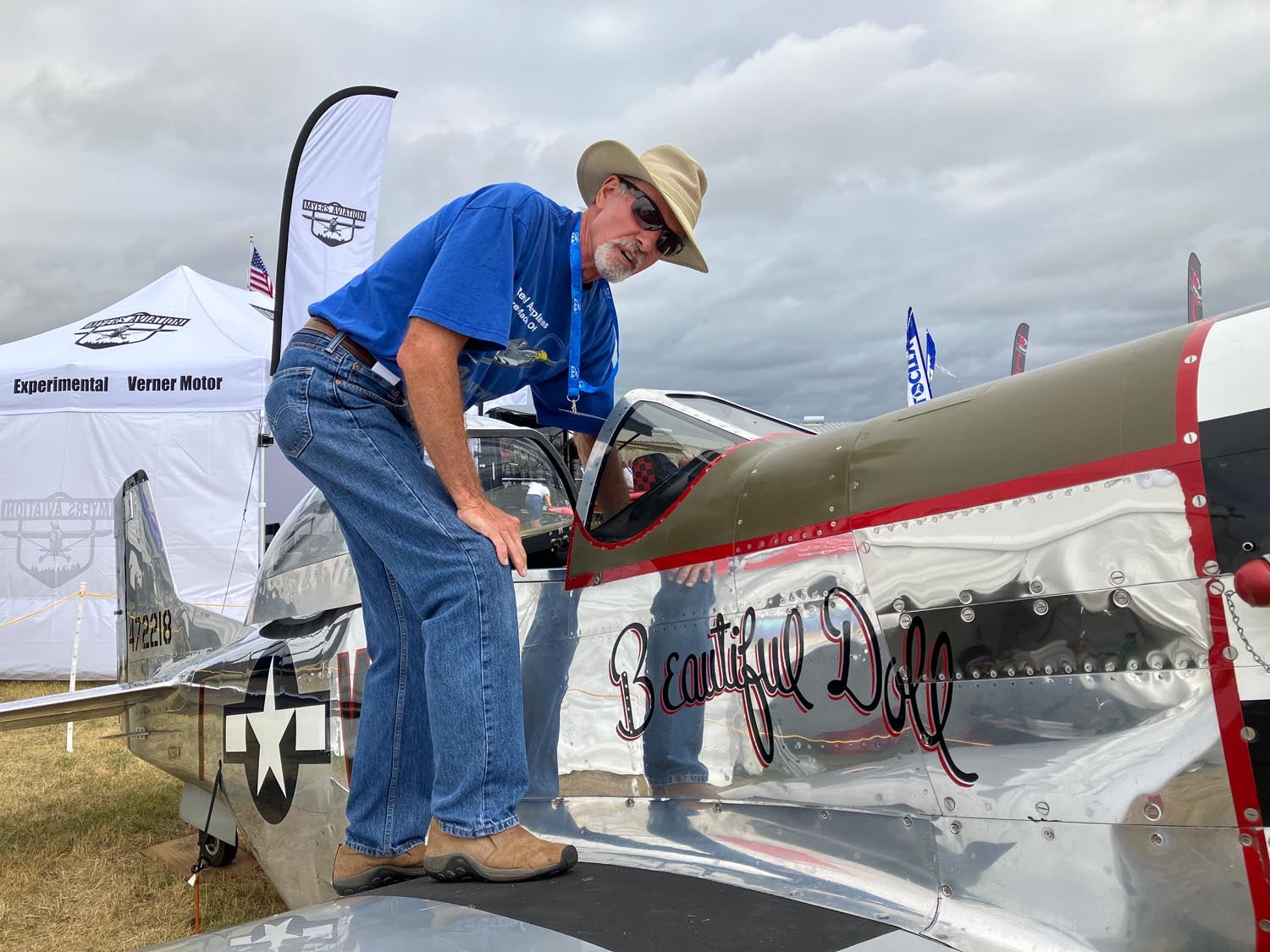
I sat with Bill Hudgens of Stewart 51 Partner, LLC and asked him to catch me up on the status of Jim Stewart’s design, which is now under his care. To begin, he gave all credit for the design to Jim Stewart. Hudgens’ takes credit only for saving the design from the heap of discarded kit aircraft, serving the existing Stewart community (from which he sprang) by manufacturing parts, and working toward the roll-out of an all-new kit. “I’m bringing the kits back into production.”
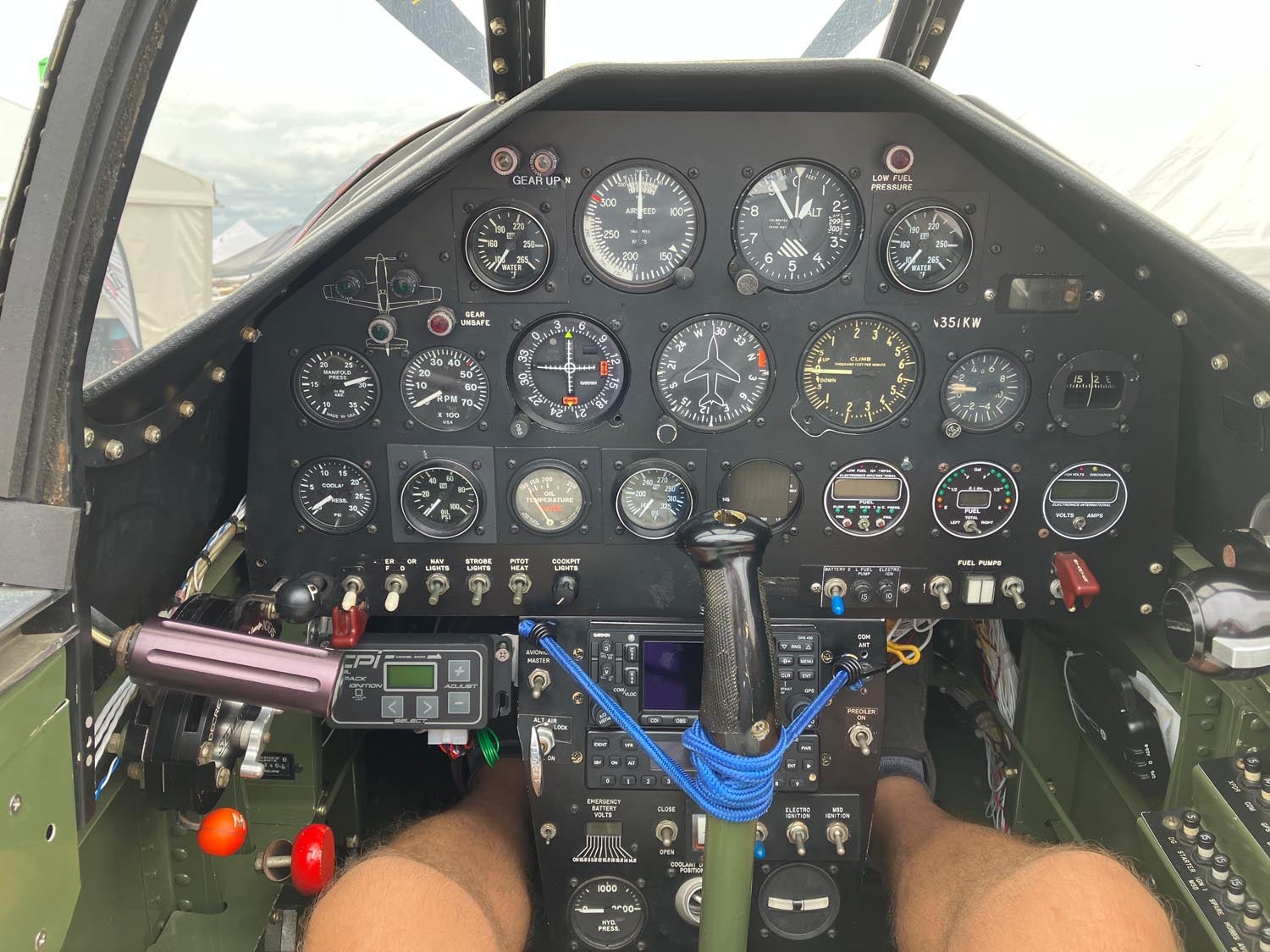
Bill Hudgens is an early customer of Jim Stewart. He, and all other builders, suffered the consequences of Stewart’s well-intentioned sale of the design to an owner who let the design languish to pursue other interests. Hudgens purchased the rights to the design in 2010. His primary focus was, and continues to be, manufacturing parts for existing Stewart customers so those airframes, which were manufactured in the Czech Republic, can be finished. Hudgens was quick to add the Czechs did a fine job, but he wanted to bring production closer to home and eliminate some existing flaws.
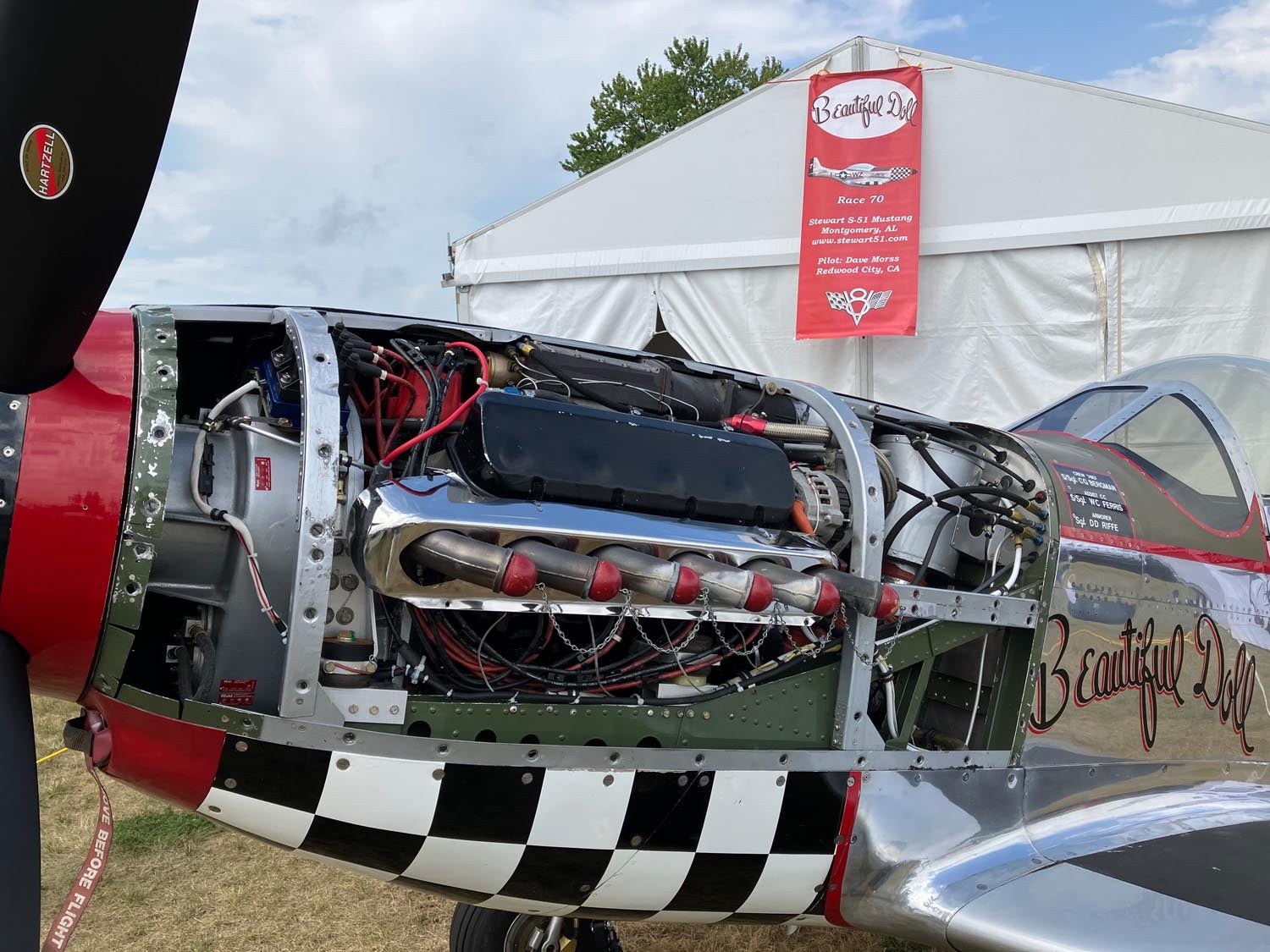
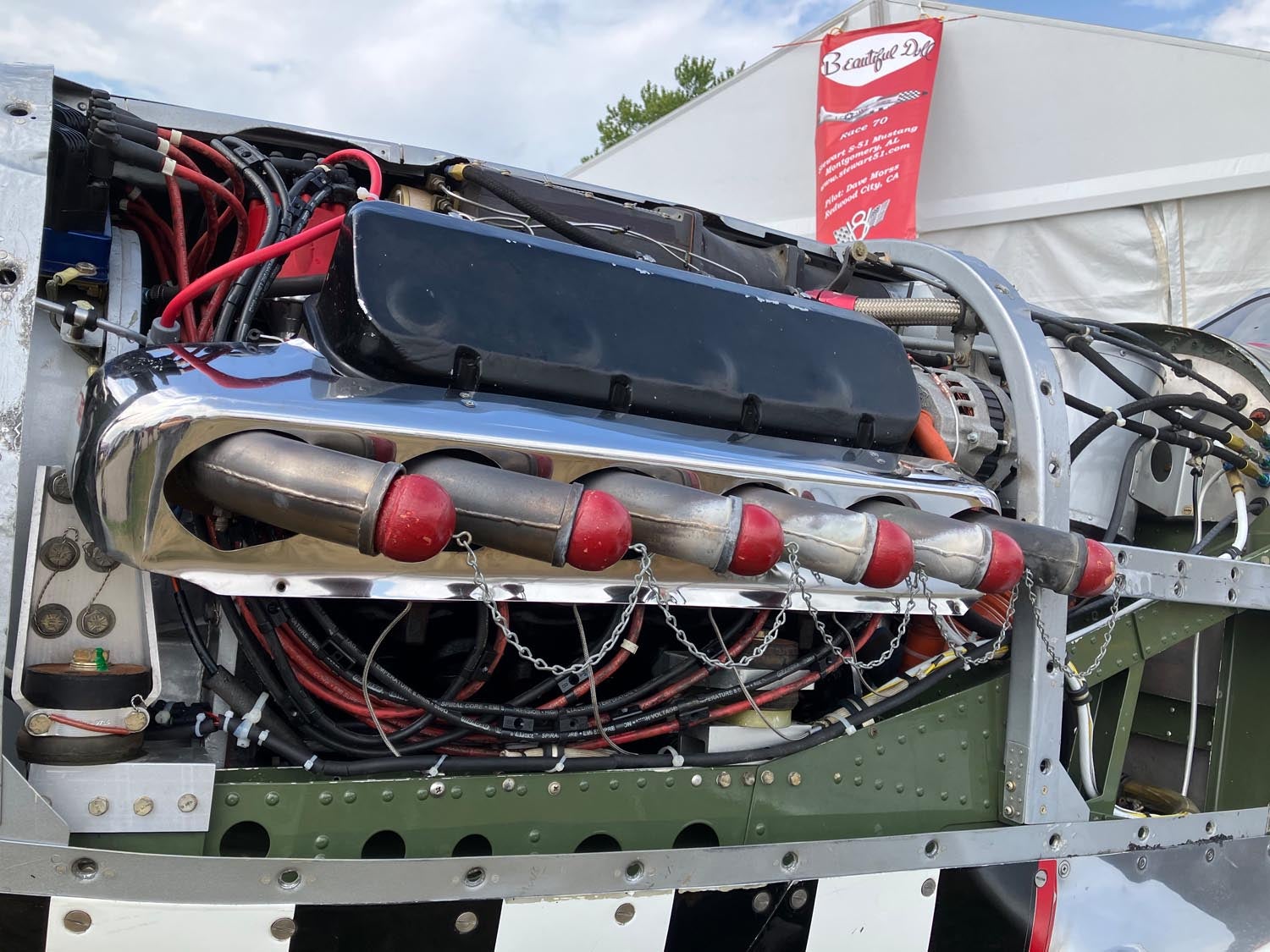
Hudgens has fostered suppliers in-and-around the Pensacola area, the company’s hometown. New wing rib formers were made to eliminate low spots and landing gear components have been upgraded. The one item still manufactured overseas is the wing leading edge, which no U.S.-based manufacturer has the tooling to produce.
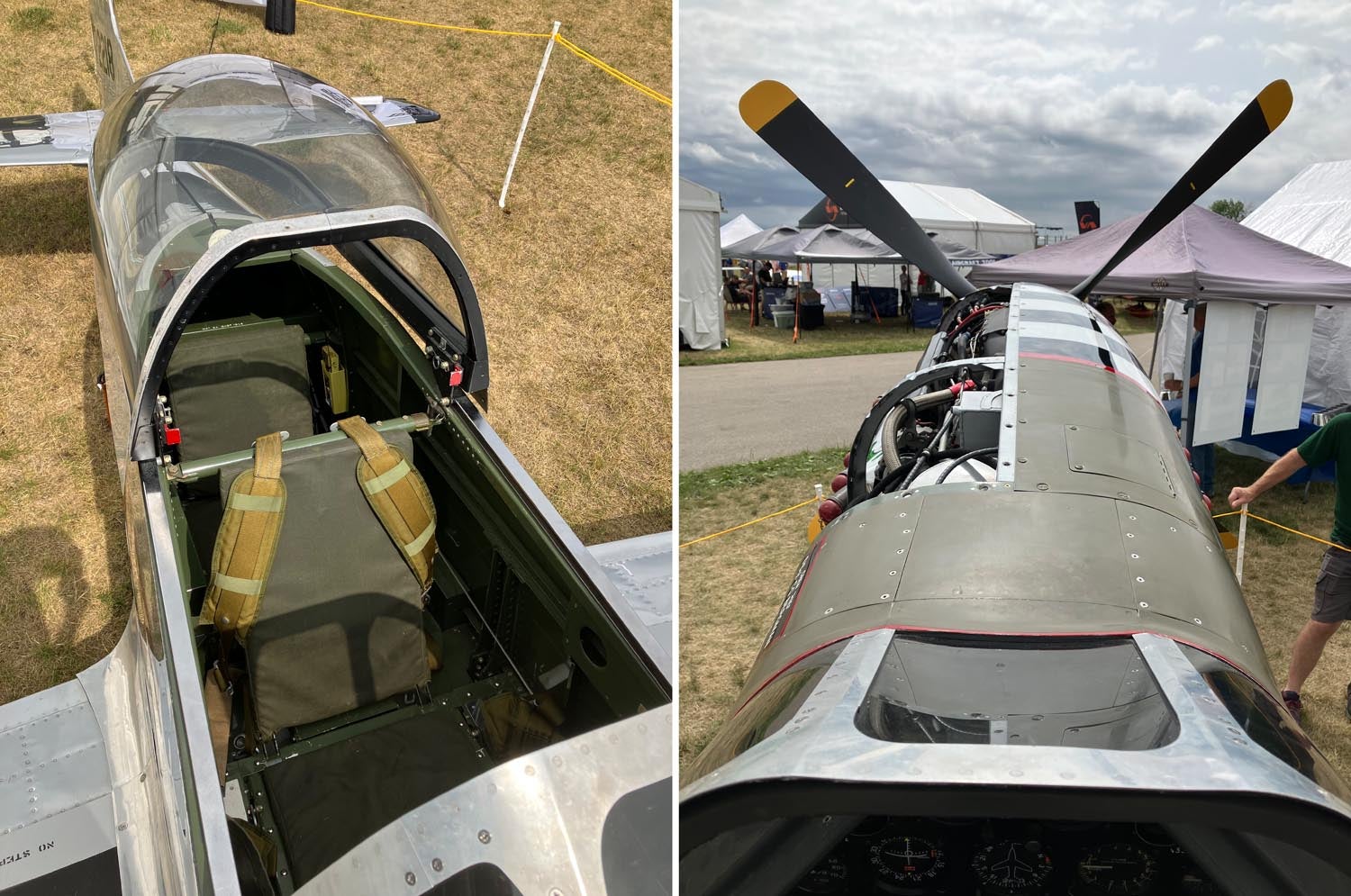
 The price for a fast-built airframe, which is “mostly riveted” and meets the 51% rule is $220,000. “Here’s the harsh truth,” said Hudgens, “You’re going to be writing checks for $350,000 for the airframe, engine, PSR and propeller.” Hudgens also wants to offer “a box of parts” for those with more time than money, reminding me that at one time the Stewart 51 was a plans-built aircraft. If you can’t wait until the new kits are available, Hudgens has two original kits ready to ship. Looking forward, Hudgens said, “My guess is, by early next year, we can deliver new production wings. I don’t want to deliver anything until I can deliver everything.”
The price for a fast-built airframe, which is “mostly riveted” and meets the 51% rule is $220,000. “Here’s the harsh truth,” said Hudgens, “You’re going to be writing checks for $350,000 for the airframe, engine, PSR and propeller.” Hudgens also wants to offer “a box of parts” for those with more time than money, reminding me that at one time the Stewart 51 was a plans-built aircraft. If you can’t wait until the new kits are available, Hudgens has two original kits ready to ship. Looking forward, Hudgens said, “My guess is, by early next year, we can deliver new production wings. I don’t want to deliver anything until I can deliver everything.”
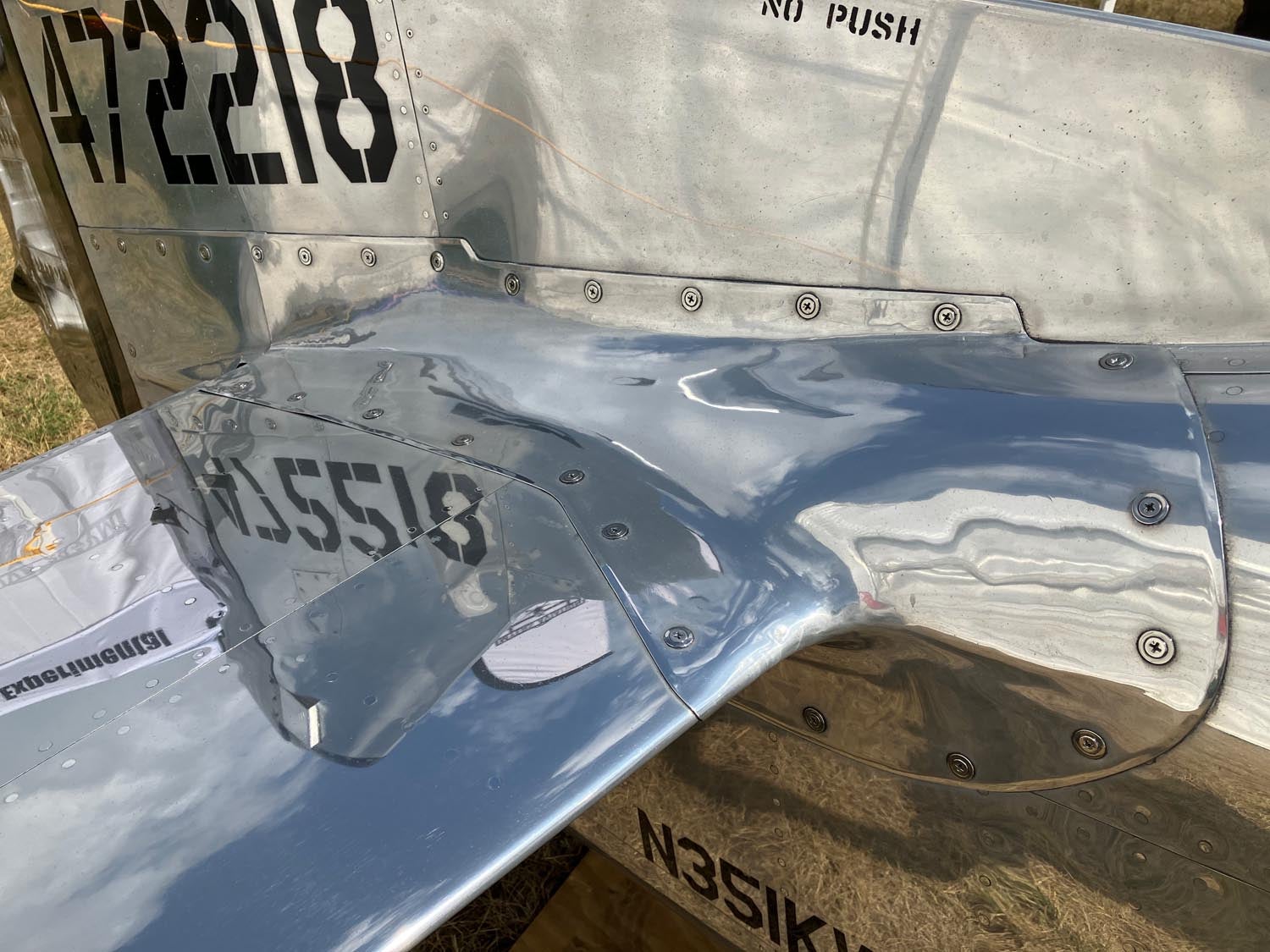
You can’t miss the Stewart 51 in the homebuilt display area and you can find it online at www.stewart51.com
